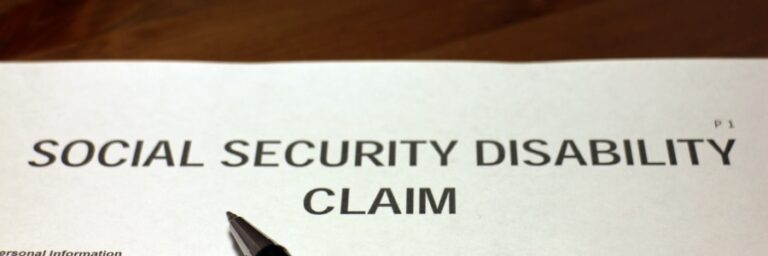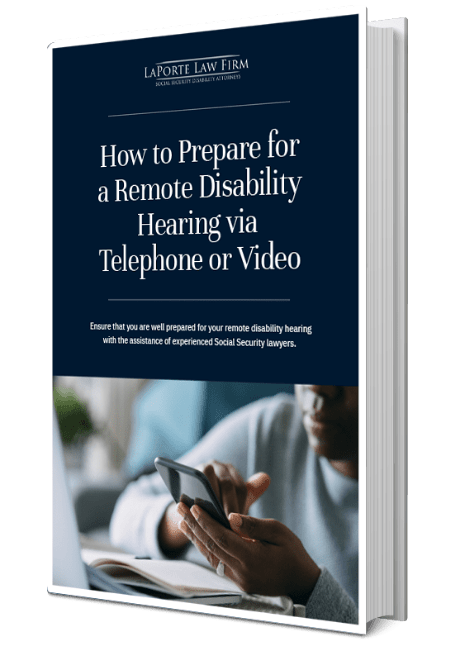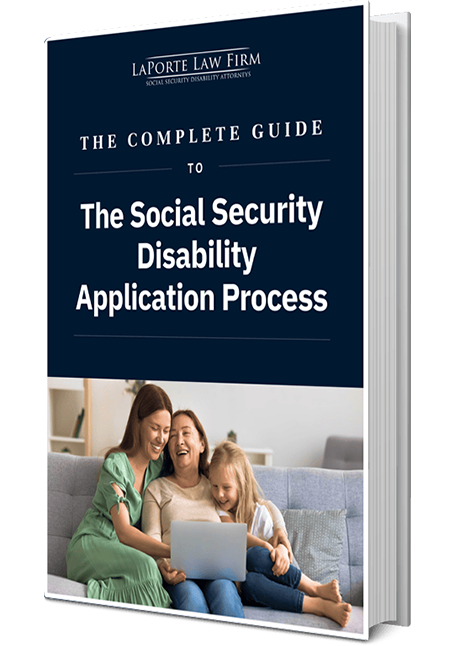 Each January, individuals who receive SSA disability or retirement benefits receive a Form SSA-1099. This form shows the amount of social security benefits you received in the previous year. You may have to pay federal income tax on these benefits if you have other substantial income in addition to your benefits (such as wages, self-employment, interest, dividends, or any other taxable income that you report on your tax return). According to Social Security and the IRS, about 40% of people who receive Social Security benefits, including retirees, have to pay income taxes on their benefits.
Taxation issues can be complex and vary significantly with each individual. Please discuss any questions with a tax professional.
Each January, individuals who receive SSA disability or retirement benefits receive a Form SSA-1099. This form shows the amount of social security benefits you received in the previous year. You may have to pay federal income tax on these benefits if you have other substantial income in addition to your benefits (such as wages, self-employment, interest, dividends, or any other taxable income that you report on your tax return). According to Social Security and the IRS, about 40% of people who receive Social Security benefits, including retirees, have to pay income taxes on their benefits.
Taxation issues can be complex and vary significantly with each individual. Please discuss any questions with a tax professional.
Are my benefits taxable?
To find out whether any of the benefits on your SSA-1099 are taxable, you first need to determine your tax base amount. Your tax base is a total amount of income that can be taxed and is used to calculate which tax percentage will be applied.Your base amount is:
- $25,000 if you are single, the head of household, or a qualified widower
- $25,000 if you are married filing separately and living apart from your spouse for all of 2018
- $32,000 if you are married and filing jointly or
- $0 if you are married filing separately and lived with your spouse at any time during 2018.
Next, you will need to compare your base amount with your combined income.
You combined income is:
- One-half of your benefits +
- All of your other income, including tax-exempt interest
Your benefits may be taxable if your combined income is more than your base amount.
How Much of My Benefits Are Taxable?
The taxable rate of your benefits is dependent upon the total amount of your benefits and your other income. The higher the total amount, the greater the taxable part of your benefits. For many of those who pay taxes on Social Security benefits because their total income exceeds the base amount, up to 50% of your benefits will be taxable at their tax rate. For higher income recipients, up to 85% of your Social Security benefits may be taxable. You will never pay taxes on more than 85% of your Social Security income. Here is a summary of the breakdown:- You may have to pay income tax on up to 50% of your benefits if:
- You file a federal tax return as an individual and your combined income is between $25,000 and $34,000.
- You file a joint return and you and your spouse have a combined income that is between $32,00 and $44,000
- You may have to pay income tax on up to 85% of your benefits if:
- You file a federal tax return as an individual and your combined income is more than $34,000.
- You file a joint return and you and your spouse have a combined income that is more than $44,000.
- If you are married and file a separate tax return, you probably will pay taxes on your benefits.














